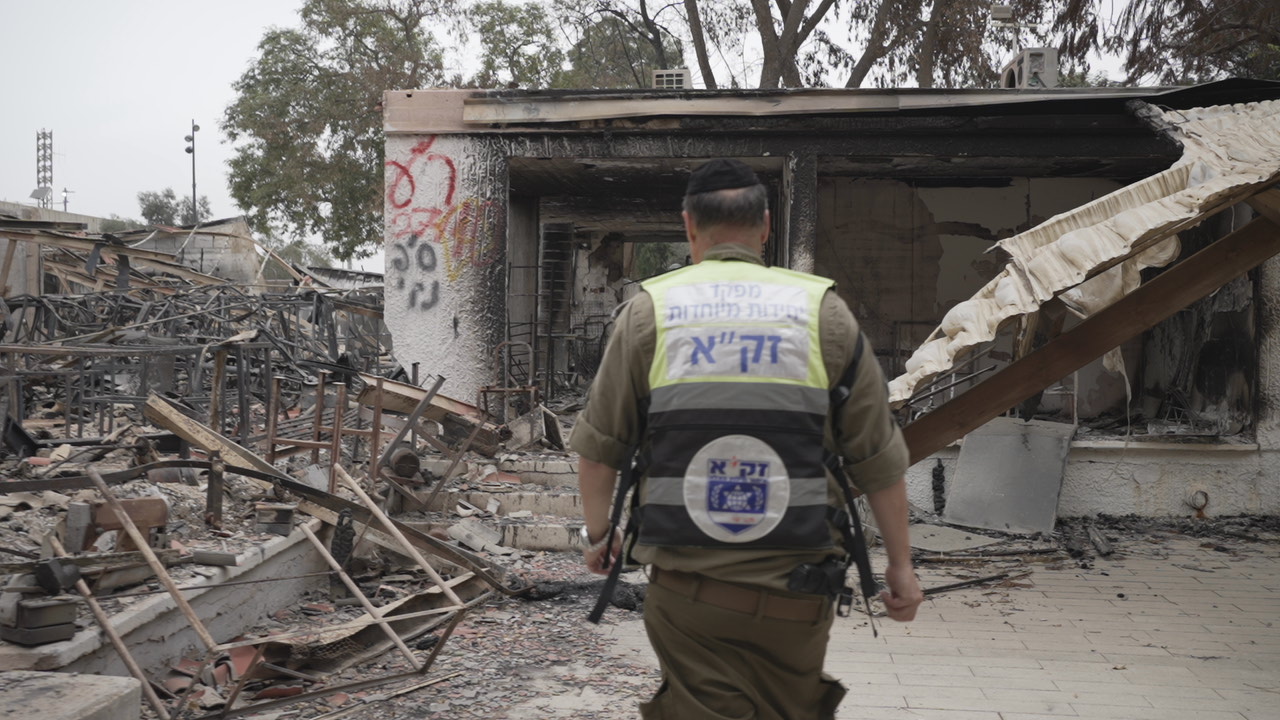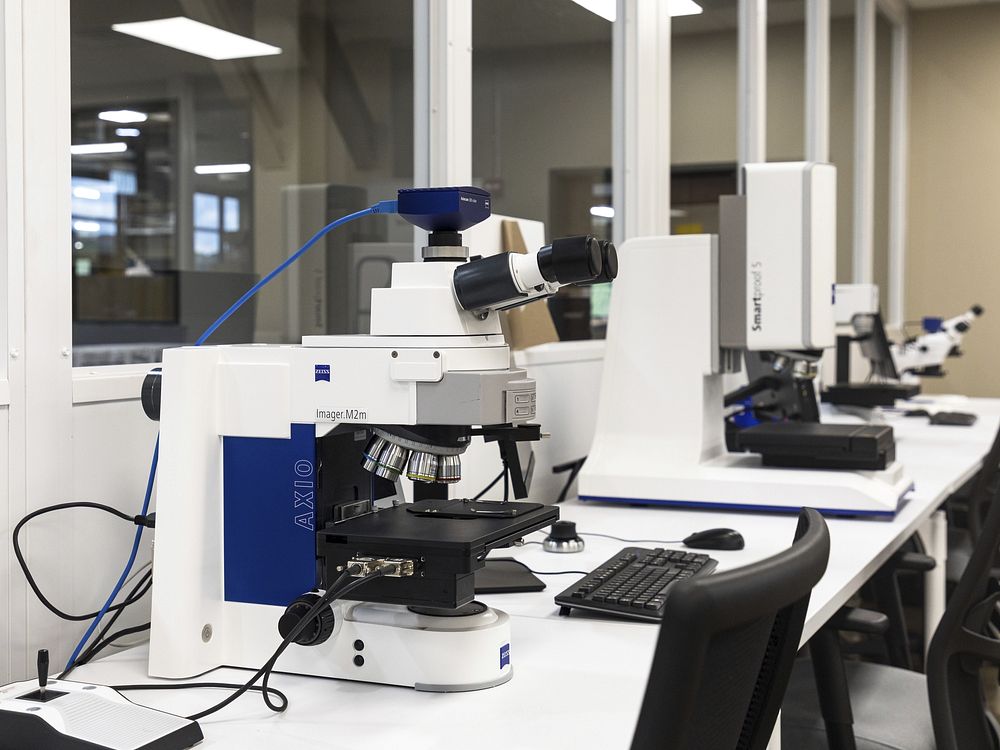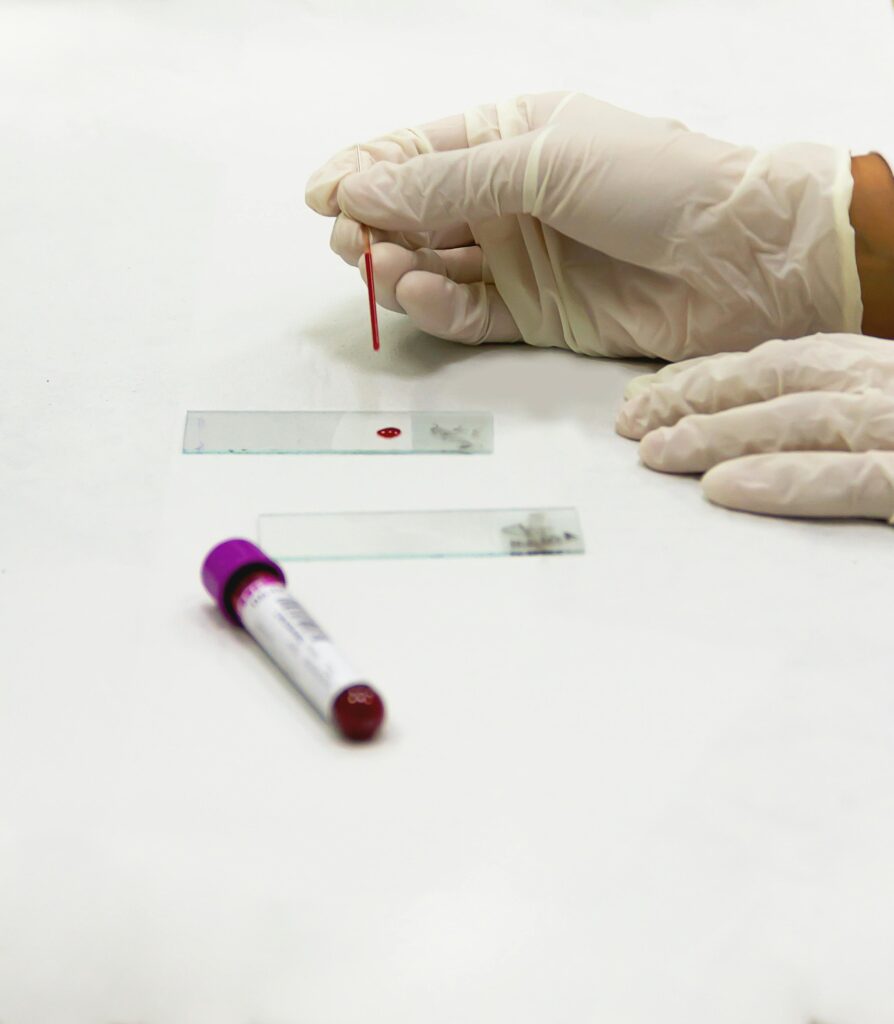Now Reading: Forensic Contributions to Disaster Victim Identification, Including Mass Casualties and Humanitarian Crises
-
01
Forensic Contributions to Disaster Victim Identification, Including Mass Casualties and Humanitarian Crises

Forensic Contributions to Disaster Victim Identification, Including Mass Casualties and Humanitarian Crises
Disaster Victim Identification (DVI) has become a cornerstone of humanitarian response in mass casualty and crisis events, especially amid a sharp rise in both natural and man-made disasters globally. Forensic science, drawing from anthropology, odontology, genetics, and digital technologies, has revolutionized DVI by ensuring accurate, rapid identification of victims. This article explores the latest forensic methodologies in DVI, details the application of advanced technologies—from portable DNA sequencing to AI-driven biometrics—and examines the unique ethical and logistical challenges encountered in humanitarian contexts. Case studies highlight innovations and persistent bottlenecks, with emphasis on interdisciplinary synergy and the need for adaptable, culturally sensitive protocols. The review underscores forensic science’s pivotal role in restoring dignity to victims and closure to bereaved families, advocating for global collaboration, policy enhancement, and continued research.
Introduction
Mass disasters—arising from natural hazards, armed conflicts, plane crashes, and humanitarian emergencies—present profound challenges for medico-legal and forensic professionals tasked with victim identification. Accurate DVI is vital for documentation, legal closure, family reunification, and upholding human rights, yet it is fraught with complications such as commingled remains, severe decomposition, and operational hazards. The nature of crises in 2025 has made DVI a priority topic, demanding robust scientific and ethical frameworks.journalijar+1
Evolution and Methodologies in Disaster Victim Identification
Traditional Pillars
- Visual Identification: Historically used, but unreliable in cases of severe trauma or decomposition.
- Fingerprint Analysis: Still central, but hindered by burn, water, or decomposition damage.
- Dental Records (Forensic Odontology): Particularly useful when bodies are fragmented or unrecognizable, retaining high reliability even after soft tissue loss.journalijsra
DNA Analysis
- DNA profiling is the gold standard when other identifiers fail. Advances in PCR, STR (Short Tandem Repeat) analysis, and next-generation sequencing (NGS) allow identification from extremely degraded or fragmented remains. journalijar
- Massively parallel sequencing and rapid DNA kits now deliver results in hours, supporting swift, large-scale operations. hilarispublisher+1
Forensic Anthropology
- Determination of biological profile (age, sex, ancestry) aids in narrowing down candidate lists. Anthropology is critical where only skeletal remains are found and in the exclusion of non-human remains. icrcndresourcecentre
- Innovations include 3D craniofacial reconstruction and morphometric database integration.pmc.ncbi.nlm.nih+1
Technological Advancements Transforming DVI
AI-driven Biometrics and Facial Recognition
- Artificial Intelligence and facial recognition software have greatly accelerated matching processes in DVI, reducing identification times by up to 45% compared to manual methods.sciencedirect+1
- Real-time geospatial data integration using drones and thermal imaging aids search and localization, especially in inaccessible or hazardous sites and remote areas.journalijar
Portable DNA Sequencing
- Miniaturized and portable sequencing devices (e.g., MinION) have demonstrated success in the field, proving crucial for the rapid identification of degraded remains and in resource-poor settings.sciencedirect+1
- These innovations allow direct, on-site comparison with family reference samples, bypassing the need for central laboratories.
Drone and GIS-Assisted Recovery
- Drones and geospatial information systems (GIS) increase efficiency and safety during recovery, course mapping, and scene documentation in mass casualty incidents.hilarispublisher+1
- GPS-integrated tagging of remains ensures traceability and precise geo-referencing.
Interdisciplinary and Humanitarian Approaches
Humanitarian Forensics
- The International Committee of the Red Cross (ICRC) led advances by promoting forensic science for solely humanitarian goals, emphasizing respect for the dead and acknowledgement of families’ rights. icrc
- Interagency coordination (police, forensic, disaster management, NGOs) with well-defined roles streamlines DVI operations while upholding cultural and ethical considerations.
Forensic Nurses and Victim Assessment
- Forensic nurses, with medical and investigative training, augment DVI teams by assisting with victim assessment, documentation, and evidence preservation—bridging healthcare and justice. journalijsra
Case Studies: Innovations and Bottlenecks
Airplane Crashes
- The identification of victims in aviation disasters often involves heavily fragmented or commingled bodies. Here, combining dental, DNA, and anthropological methods has proven essential .journalijsra
Natural Disasters
- Earthquake and flood responses have demonstrated the utility of portable DNA sequencing and AI facial recognition, with technology integration boosting identification accuracy up to 92% within 48 hours—representing a 60% improvement over traditional protocols. journalijar
Conflict and Humanitarian Crises
- In armed conflicts and large-scale humanitarian crises, forensic teams face severe access challenges, risk of re-traumatization, and culturally diverse populations needing sensitive identification approaches. icrc
Ethical and Logistical Challenges
- Balancing respect for deceased individuals and operational urgency can be difficult, especially with limited resources or mass fatalities.
- Ensuring chain of custody, documentation accuracy, and protection of genetic privacy is paramount.icrcndresourcecentre+1
- There is a growing need for international standards that are adaptable but consistent, and for adequate disaster response training among local authorities and responders. interpol
The Future of DVI: Research and Policy Imperatives
- Collaborative international research is driving standardization of protocols for field-portable DNA, digital identification, chain of custody, and culturally respectful practice.
- Policy frameworks now increasingly mandate investment in forensic capacity-building and infrastructure to ensure preparedness for future mega-disasters and humanitarian crises. icrc
- Interdisciplinary curricula and simulation-based training for forensic professionals are recommended for readiness and resilience. icrcndresourcecentre+1
Conclusion
Forensic science is indispensable to disaster victim identification in mass casualties and humanitarian crises. Ongoing technological innovations—AI, portable sequencing, digital platforms—are enhancing accuracy, speed, and scalability, thus restoring dignity to victims, supporting families, and fulfilling humanitarian and legal obligations. Addressing ethical, cultural, and operational complexities will require continued interdisciplinary collaboration, robust research, and agile disaster policies. Forensic DVI thus stands at the intersection of science, humanity, and justice in 2025 and beyond.journalijsra+2










